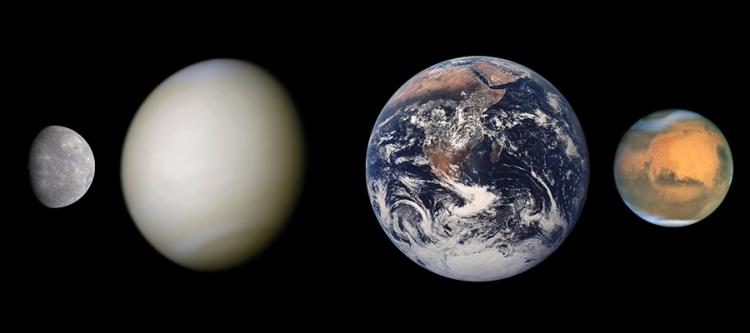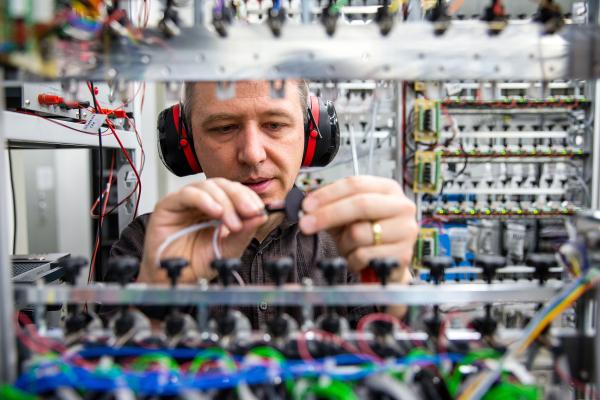The German Aerospace Center (DLR) plans to fly from Europe to Australia in just 90 minutes with a special hypersonic passenger plane in 2030. This isn’t an realistic goal.
I am sure this will become a reality, but I doubt 2030 is realistic. There have been many attempts since the 1960’s to develop high speed supersonic (or hypersonic) aircraft, but they have always failed, not because the technology is impossible, but because the market just isn’t there for them. People prefer cheap tickets to fast travel! This could clearly been seen in the case of Concorde vs the Boeing 747, both of which were developed in the late 1960’s. Despite massive government subsidy, no airline chose to buy Concorde over the Boeing 747.
The situation is no different today, even Boeing’s near speed of sound Sonic Cruiser concept of a few years ago couldn’t be made to work commercially and the Boeing 787 was developed instead with an emphasis on economy of travel. Before hypersonic travel becomes a reality for commercial airlines there needs to be a step change in technology, both in terms of the propulsion systems and in terms of airframe cooling. This probably means a fuel system that doesn’t rely on fossil fuels, since as these become scarcer the argument for economy instead of speed just becomes stronger.
I’m sure we will eventually develop such an aircraft and maybe my grandchildren will get to fly in it in their old age, that I think is the kind of timescale we are talking about.

Manned space research in the future might lead to the mars or back to the moon.
The Moon or Mars are not really very distant objects, they are infact amongst the closest objects we can consider visiting. This statement shows how far away we really are from a “Star Trek” like ability to travel around the galaxy. The unmanned spacecraft Voyager 1, which flew past Jupiter and Saturn in the early 1980’s is only now reaching the edge of our solar system, and it has been travelling for 35 years to get there!
I actually think it is more likely that we will have a permanent presence on Mars before we have regular hypersonic travel from Europe to Australia! There are a number of very rich people investing large amounts of money in reducing the cost of access to space. I think in a decade or two it will be within these people’s (and their company’s) reach to put people on Mars. For human travel to Mars no really new propulsion technology is needed. The problems that need solving are more to do with how to land when you get there and how to protect those fragile human bodies from heat, cold & radiation on the way!
We took a giant step forward in solving the landing problem with the sky crane system used to land the Curiosity rover. This was specifically selected as one of the very few systems that is capable of landing a heavy system (as any manned spacecraft would be) on a planet with an atmosphere that is too thin for parachutes to work.
Humanity explores the universe for decades. Mars is a particularly popular target - there are ambitious projects that are planning a Mars colony, although not yet established whether a person can survive on Mars.
I think there is a good chance that humans will be living on Mars in the next 50 years. The technology for doing this has been around for some time, it is just too expensive for governments to fund this without exceptional circumstances. The Moon landings in 1969-72 undoubtedly count as an extraordinary achievement, but were a product of special political circumstances in the 1960’s and were not part of a long term plan.
In the last decade we have started to see reasons being found to justify sending humans beyond low Earth orbit and into a long term presence on the moon or Mars. This means there has to be a reason for people to live and work there and ultimately, in the long term, for these places to develop their own economies. This sort of process takes a long time. For comparison it took 128 years between Columbus discovering North America and the first permanent European settlement (Plymouth, MA) being founded. In the case of North America it was land, resources and freedom from oppression that motivated people to move, but ultimately funding for the colonization was provided by companies wanting to exploit natural resources. There is likely to be a similar motivation for the first colonists on Mars. The resources this time will probably be mineral rather than animal based but the analogy is still valid, gradual depletion of mineral resources on Earth will make us look to asteroids and the other planets for the raw materials our society needs.
The technical aspects of building a colony on Mars have been made much simpler by the discovery over the last 10 years, with unmanned spacecraft, that Mars still has frozen water present. With the addition of a suitable power source this means that all the other basics for sustaining life can be made on Mars. In theory it should be possible to build domes, develop agriculture for food and separate the air we need to breath. A fully self-sustaining colony is of course a very long way off. Mining is not the only possible reason for going there, tourism may be another example where people are willing to pay sufficient money to make it a profitable venture. I for one would love to have the opportunity to stand on the rim of the Valles Marineris and admire the view!
The first steps in this are now being made through the development of rockets by private industry that promise an order of magnitude cheaper access to space. They are able to do this, is in part due to their use of off the shelf components, just like our motors rather than using expensive bespoke developments. As such we really can say that maxon is helping, in a small way, to pave the road to colonies on Mars.






